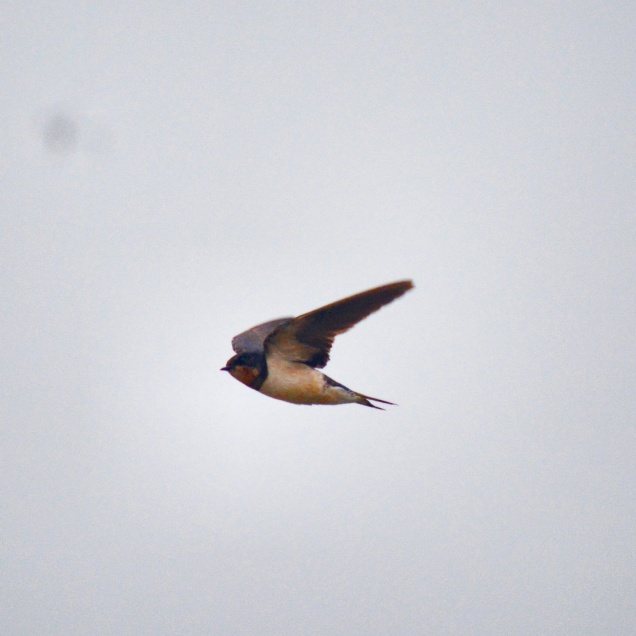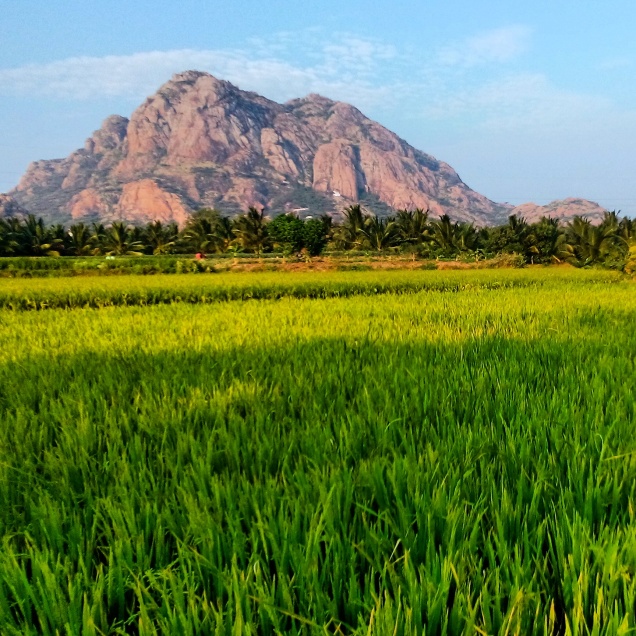
The Western Ghats are a mountain range that runs almost parallel to the western coast of the Indian peninsula, located entirely in India. It is a UNESCO World Heritage Site and is one of the eight “hottest hotspots” of biological diversity in the world It is sometimes called the Great Escarpment of India. The range runs north to south along the western edge of the Deccan Plateau, and separates the plateau from a narrow coastal plain, called Konkan, along the Arabian Sea. A total of thirty nine properties including national parks, wildlife sanctuaries and reserve forests were designated as world heritage sites – twenty in Kerala, ten in Karnataka, five in Tamil Nadu and four in Maharashtra.
The range starts near the border of Gujarat and Maharashtra, south of the Tapti river, and runs approximately 1,600 km (990 mi) through the states of Maharashtra, Goa, Karnataka, Kerala and Tamil Nadu ending at Kanyakumari, at the southern tip of India. These hills cover 160,000 km2 (62,000 sq mi) and form the catchment area for complex riverine drainage systems that drain almost 40% of India. The Western Ghats block southwest monsoon winds from reaching the Deccan Plateau.The average elevation is around 1,200 m (3,900 ft).
The area is one of the world’s ten “Hottest biodiversity hotspots” and has over 7,400 species of flowering plants, 139 mammal species, 508 bird species, 179 amphibian species and 288 freshwater fish species; it is likely that many undiscovered species live in the Western Ghats. At least 325 globally threatened species occur in the Western Ghats.
Western Ghats is one of the 33 recognised ecologically sensitive zones in the World. India has four such sensitive zones. They are the Western Ghats, the Eastern Himalayas, the Himalayan Range between Kashmir and Uttar Pradesh and the Andaman Islands. The Andamans along with the
islands of Malaysia are an important sensitive zone. The significance of the Western Ghats is that along with its rich biodiversity, it also supports a rich environment-dependant civilisation of several thousand years.
Historically the Western Ghats were well-covered in dense forests that provided wild foods and natural habitats for native tribal people. Its inaccessibility made it difficult for people from the plains to cultivate the land and build settlements. After the arrival of the British in the area, large swathes of territory were cleared for agricultural plantations and timber. The forest in the Western Ghats has been severely fragmented due to human activities, especially clear felling for tea, coffee, and teak plantations during 1860 to 1950. Species that are rare, endemic and habitat specialists are more adversely affected and tend to be lost faster than other species. Complex and species rich habitats like the tropical rainforest are much more adversely affected than other habitats.
The area is ecologically sensitive to development and was declared an ecological hotspot in 1988 through the efforts of ecologist Norman Myers. Though this area covers barely five percent of India’s land, 27% of all species of higher plants in India (4,000 of 15,000 species) are found here. Almost 1,800 of these are endemic to the region. The range is home to at least 84 amphibian species, 16 bird species, seven mammals, and 1,600 flowering plants which are not found elsewhere in the world.
shot by_Aravinth








